European trains and railway systems are some of the best in the world! Whether you’re travelling from city to city or country to country, they are usually reliably convenient and comfortable. Some trains are even reminiscent of planes, with first-class seats available for extra comfort if you’ve got a bit more cash to splurge.
You also have the option to reserve your seat cos why not make your commute a scenic sightseeing tour as well by booking a window seat? To book the seat most suited to you, you have to know how train seat maps work on European trains. It might sound complicated at first, but once you get the hang of it, it makes all the difference. Your grand Euro tour will be a total breeze!
Plus, you can also tap into the perks of knowing different types of trains (like day trains and night trains!) and carriages, which can change how you travel around Europe! This can also help you get on the right carriage during boarding time.
Without further ado, here’s our guide to seat types on European trains:
Train structure and carriage numbers on European trains
European trains often have different carriages with different seat types—think of it as planes having an economy and business class. Knowing the type of seat you’ve booked can help you navigate boarding a lot easier. You can study the train seat maps at station platforms, posted inside glass cases. This way, you’ll know where your seat is and in which carriage it’s located
Types of seats on European trains
Knowing the types of seats on a train is helpful when you’re booking. Sure, you can book any seat you want in a pinch, but it also pays to know your options! Here are the types of seats that are typically on European trains:
What's the difference between seat types on day trains?
Day trains are—you guessed it—trains that carry passengers during the day. Because of this, passengers are often seated. Sure, they’re comfy and reliable but don’t rely on your trip on a day trip to catch up on Z’s. They’ll take you where you want to go, and you can enjoy sights along the way!
There are two main types of seats on day trains: coach cars and compartment cars:
Coach car seating
Coach cars are open carriages with an aisle, similar to buses and planes. There are often two seats on either side. You can book 1st class and 2nd class coach cars.
Compartment car seating
Within compartment cars, a single carriage is separated into different small compartments with seats facing each other. There’s a corridor with doors leading to all the other compartments. This type of carriage and seating often provides more privacy for group travelers.
What's the difference between seat types on night trains?
Night trains are made for more comfortable sleeping during long-distance travel at night.
#KlookTip - save money on a night’s stay at a hostel or hotel by taking the train at night. On night trains, you can hit two birds with one stone: you’re getting to your next destination as you sleep, so there’s no need to book accommodation.
In place of seats, you can book a bed in sleepers or couchettes (more on that later!). Sheets, blankets, and pillows will be provided, so you don’t have to worry about stuffing some in your luggage.
Take note that you might cross the border at night due to the long-distance nature of train travel. During this time, you’ll need to hand your rail passes and passport to the conductor so they can do border checks while you sleep, thus saving time. You can get your documents again once you’ve arrived at your stop.
We’ve talked about how trains can have multiple compartments with their own set of seats. Night trains are similar, but instead of seats, they have either sleepers or couchettes. Some have no compartments but have reclining seats, similar to airlines, which are more budget-friendly.
Sleepers
Sleepers are the business class of night trains, as they have private wash bins, towels, and linen. A sleeper compartment can house up to four people. If you want privacy, you can opt for a single-bed compartment. If you’re travelling as a small group, you can opt for compartments for two, three, and four people
Couchettes
Couchettes are more standard, but they still offer comfort by providing pillows and blankets. A compartment typically houses four to six people. Toilets and wash bins are shared within a single carriage
Reserving seats on European trains
Even coach cars or compartment-type carriages have different kinds of seats. You can book a window seat for scenic views or a no-fuss aisle seat (which lets you get to the restroom as fast as possible!). There are adjoining seats like airlines and opposite seats that face each other that sometimes have a table (which is handy for eating and maybe getting a little work done on the ride).
Now that you know the secrets of seat types of European trains, it’s time to start planning your journey and booking your tickets. Here’s a little tip: if you’re planning on going to ride multiple trains to get to different countries, you can get that one pass to rule them all: Eurail Global Pass!
With this, you’ll only need one pass to board different trains in various countries. Save yourself the hassle of booking multiple tickets!
Learn more about how to use the Eurail Passes and its different types:
No destinations in mind yet? Check out our two-week itinerary using the Eurail Pass:
Written by: Rohana Monzon

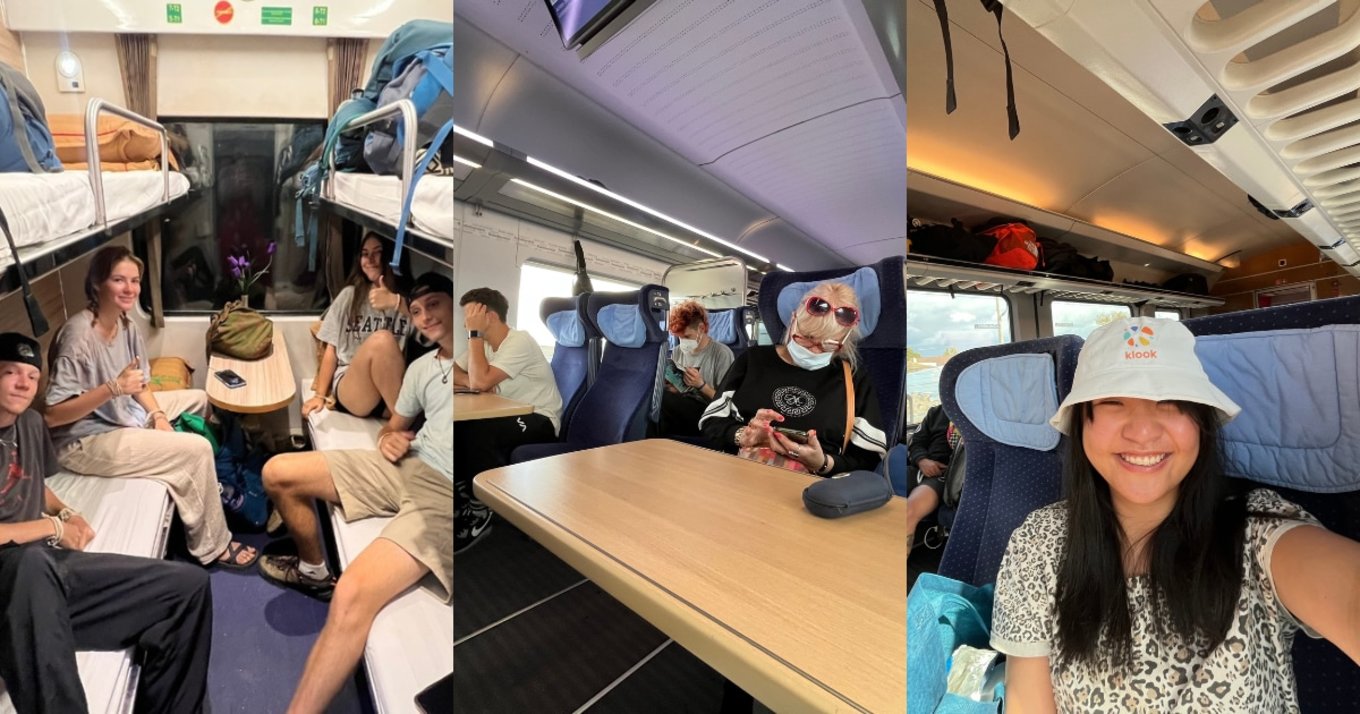

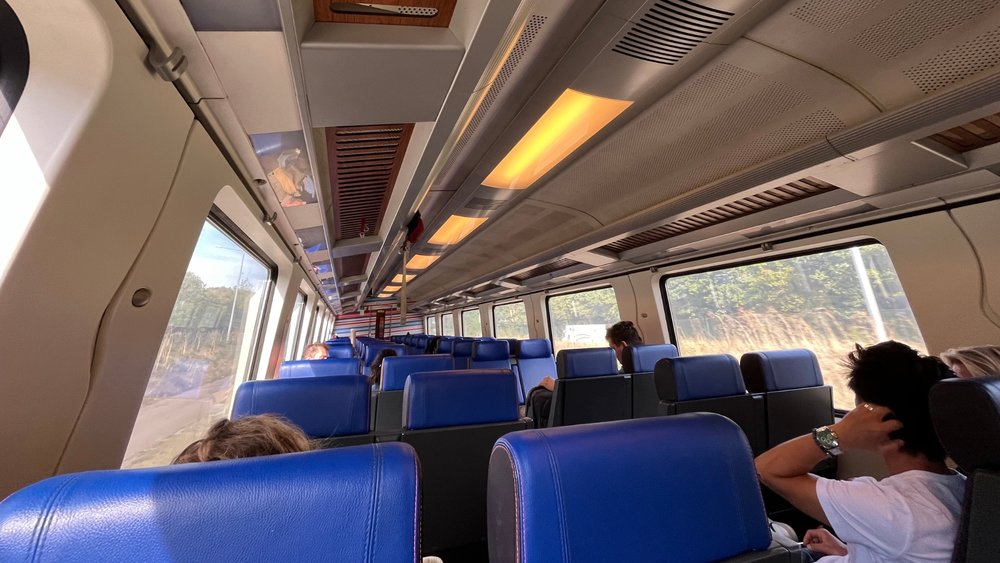
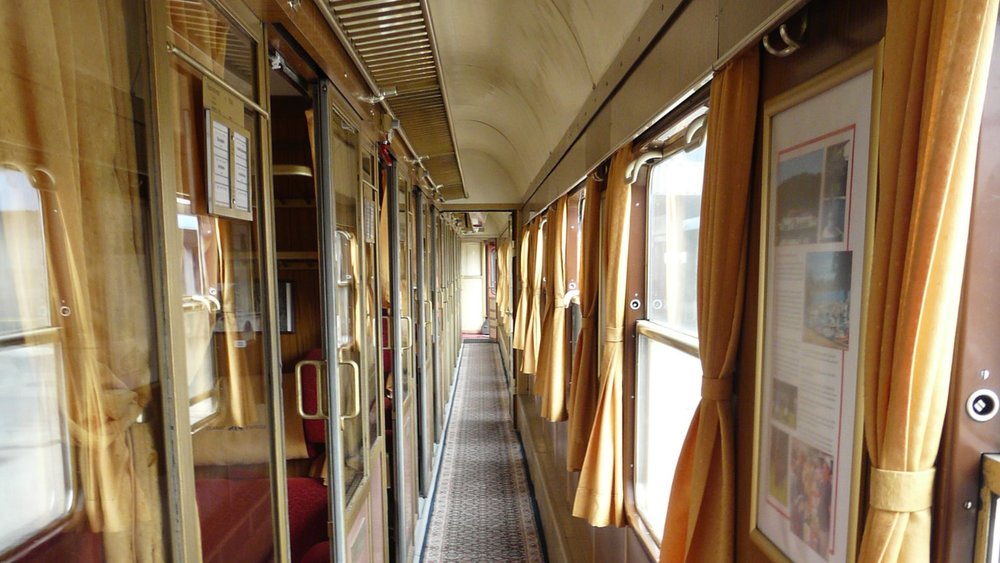
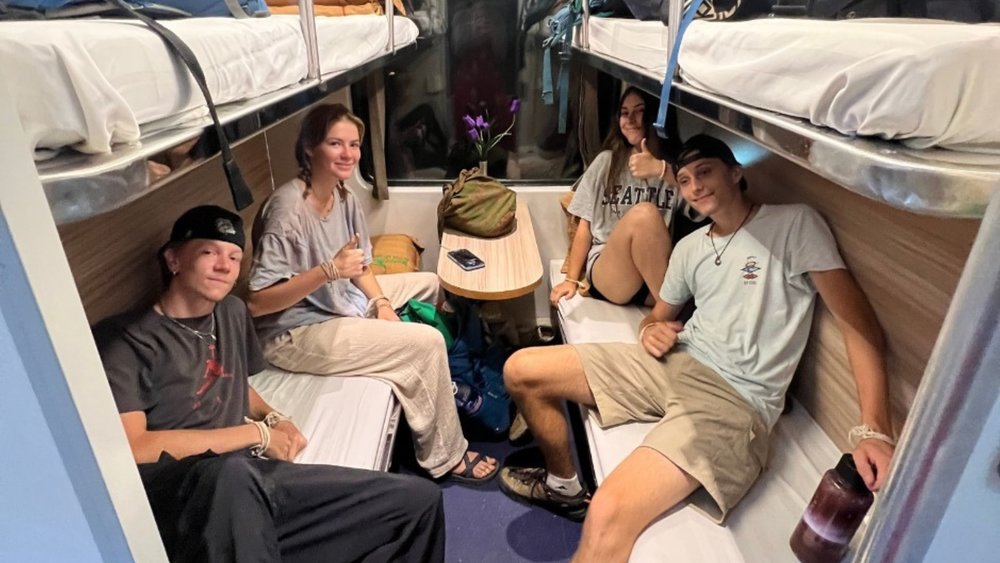
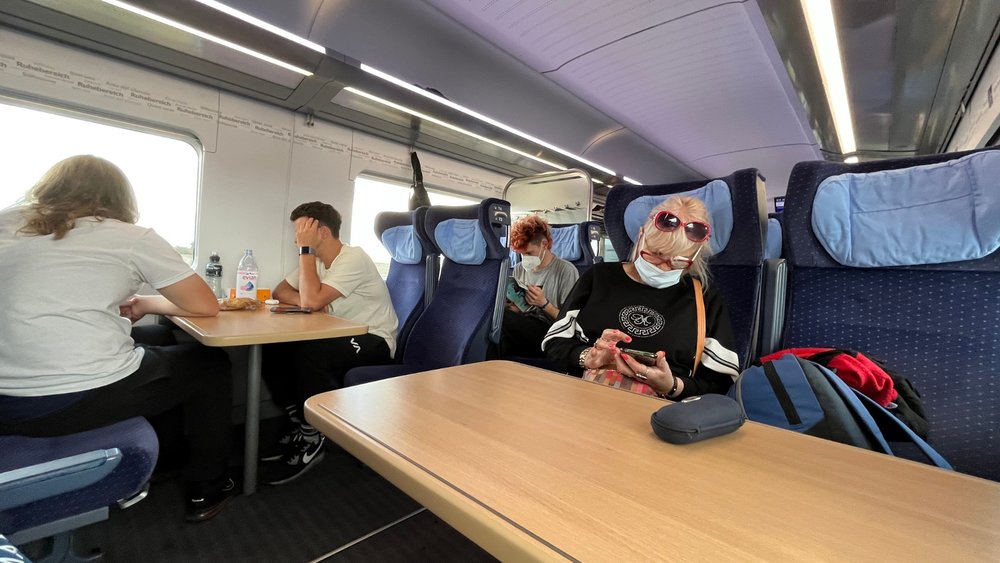
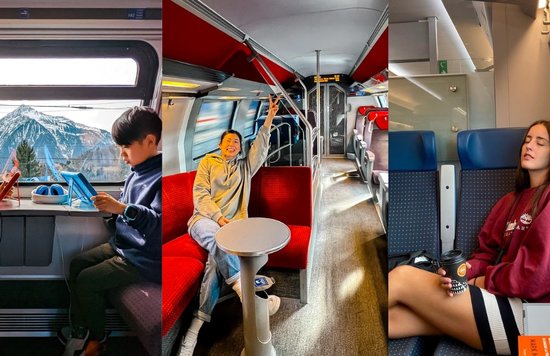
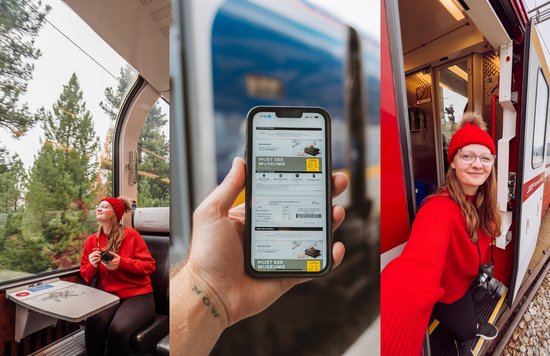





![[Updated] Complete List Of Official Nationwide MCO SOP 2021](https://res.klook.com/image/upload/fl_lossy.progressive,q_85/c_fill,w_160,h_104/v1633858858/blog/iso56uzsphmdguixkvzh.jpg)





![[Updated] Complete List Of Official Nationwide MCO SOP 2021](https://res.klook.com/image/upload/fl_lossy.progressive,q_85/c_fill,w_410,h_264/v1633858858/blog/iso56uzsphmdguixkvzh.jpg)






